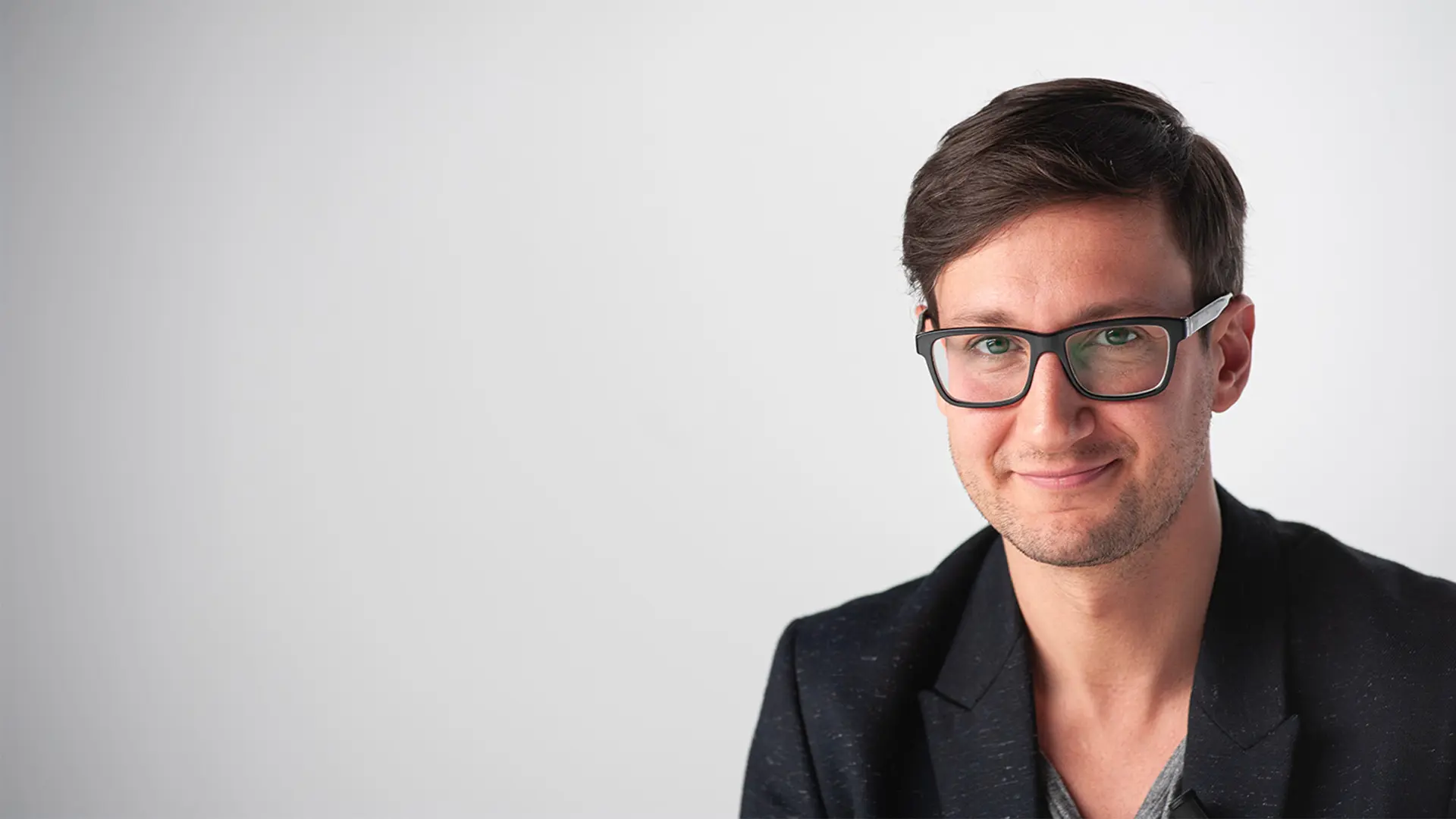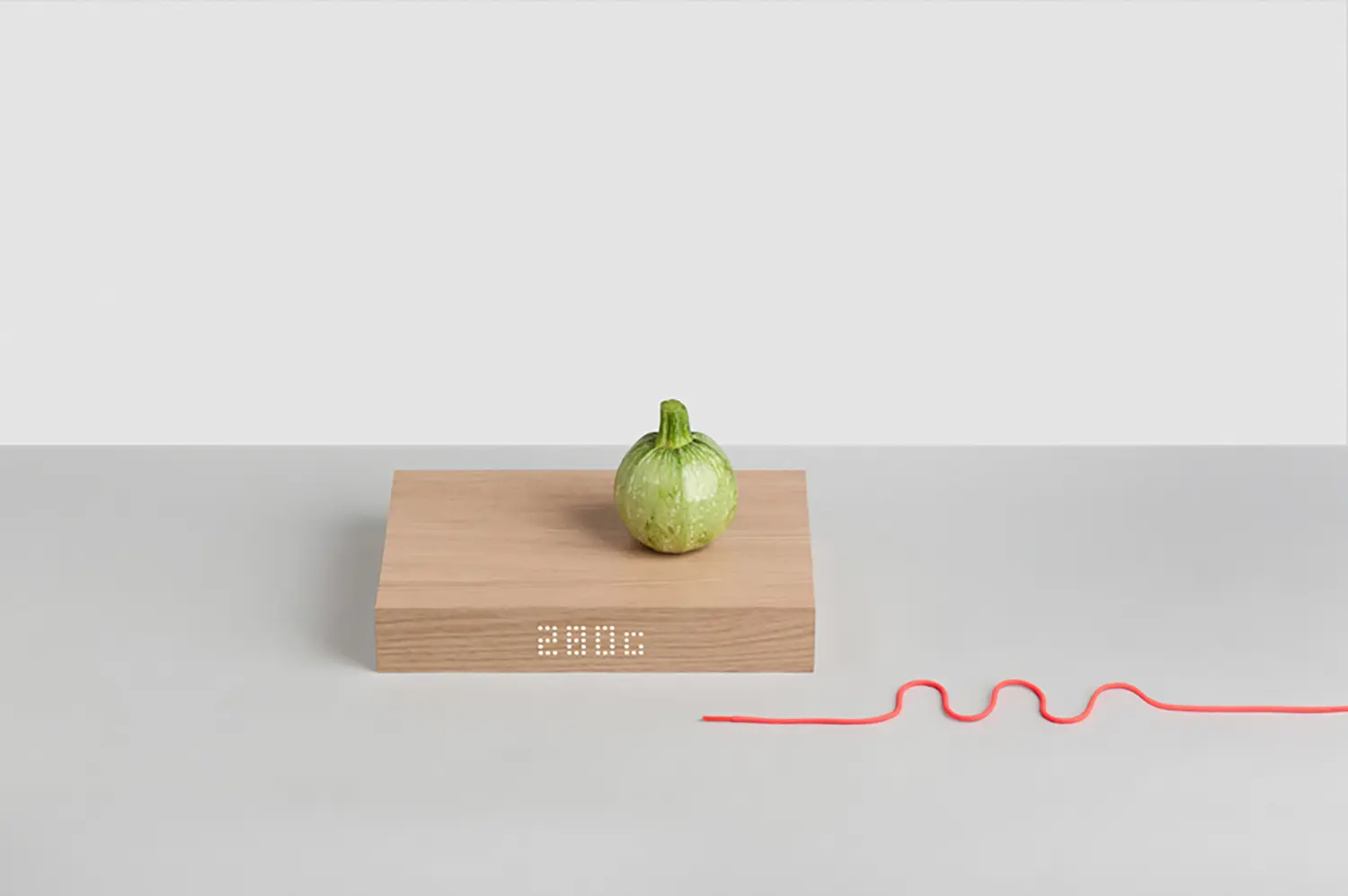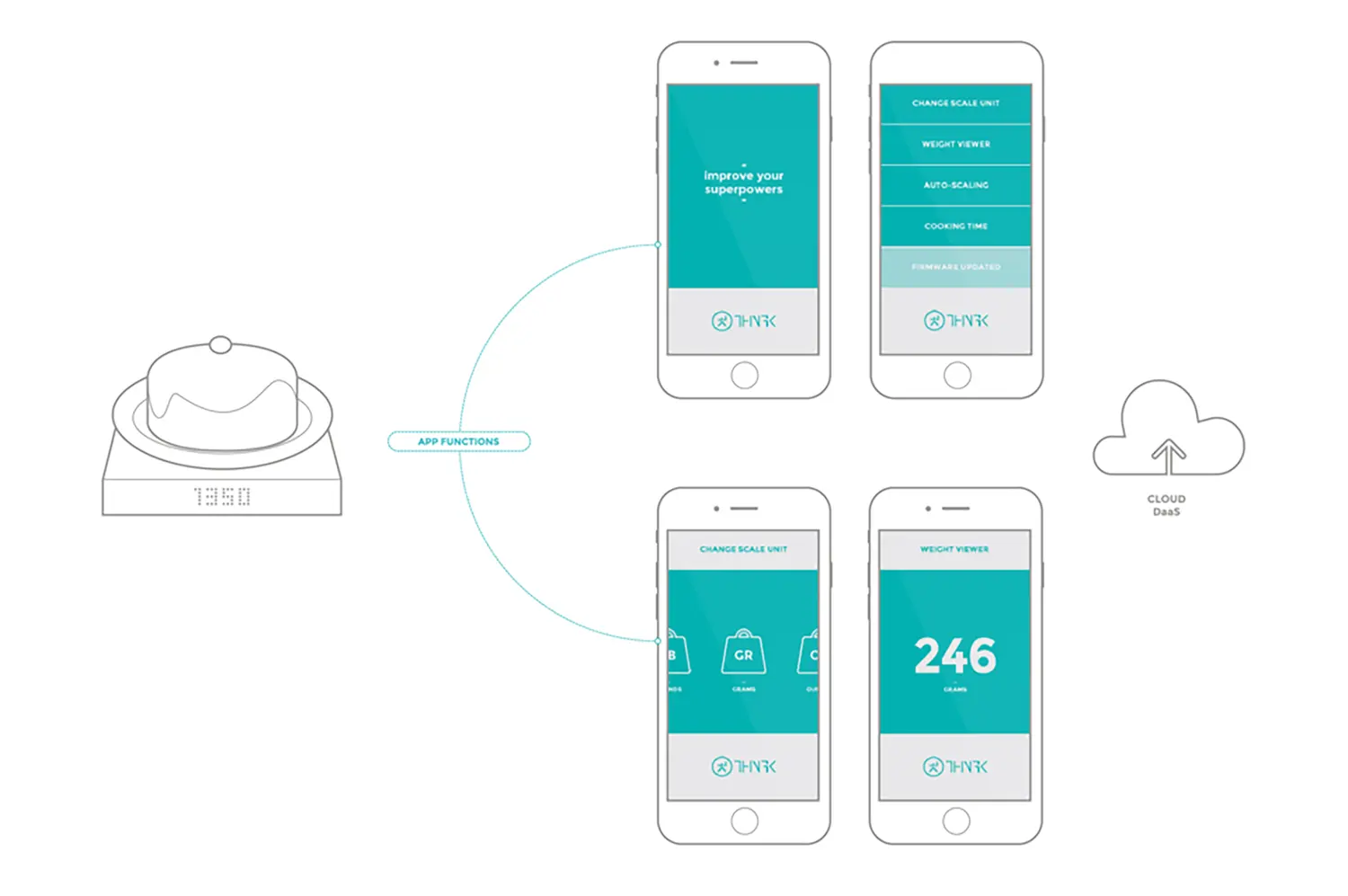Design and electronics at the service of a new generation of everyday objects
Umberto Tolino

I teach Visual and Web Design as part of the three-year degree course in Communications Design. My area of research is closely linked to Digital Design, that is, those visual communication disciplines which put digital experimentation and the user experience at the centre. I’m also concerned with brand identity in a social context, with a particular focus on the issues of inclusion and the gender gap, as I am a member of the DCXCG research group and the Centro Interuniversitario Culture di Genere. My multidisciplinary approach to design is also a feature of the start-up that I have founded, applying Interaction Design to the world of the Internet of Things.
In the area of design, the trend towards self-entrepreneurship, although it has deep historical roots in Italy, has gradually changed in character, shifting towards innovative forms of business such as start-ups. How did the Thingk adventure begin and how much of the designer and how much of the researcher is there?
—
The idea behind Thingk was born out of a process of cross-pollination between various polytechnical disciplines.
The cohesion between design, electronics and computing has made it possible to create a series of products for the home whose essential appearance belies advanced functions connected with the world of the Internet of Things. For instance, scales whose display is concealed beneath a layer of wood and which can be connected to an app to extend its functions.



This experiment came about as a result of experience gained over the last few years through research and teaching projects connected to Interaction Design and the world of digital services.
Bringing together four professionals in the area of computing and electronics has made it possible to extend a shared design vision, by conceiving modern, state-of-the-art products and application scenarios. The team that has formed has resulted in an initial experience of self-production, testing the potential of the working group from both the design and production perspective which has led us to set out a shared entrepreneurial objective capable of generating research activities and experimental projects.
It was these assumptions that formed the basis for the foundation of Thingk, whose very name, a crasis of the words “Thing” and “Think”, describes a “smart” approach to the design of everyday objects.
The world of start-ups is mainly connected with the world of apps and to the implementation and use of services. Thingk, in contrast, is based on the design and development of new products. How has this aspect influenced the process?
—
The shift from pixels to atoms and therefore to physical computing is an established trend in both the academic and professional spheres. The mix of design and technology led to the first genuine challenge for Thingk which was to promote an initial range of products via a crowdfunding campaign on the American platform Indiegogo.
The experience was intense and difficult but also stimulating with regard to establishing new approaches to co-design and user research. In actual fact, continuous contact with the project’s supporters has established a human, direct relationship with our potential public. Through the feedback of these early adopters, we have realised some of the limitations of self-production and the flaws still inherent in the object, but have also received the support of a large number of users who were fascinated by an idea which was born and developed spontaneously.
We are currently engineering the industrial version of a product that has undergone substantial modifications, thanks to this support. A focus group of more than two hundred actual users!
What kinds of skills have the creation of the start-up and product development required?
—
Our idea is based on innovation connected with aspects of design, electronics and computing, where Communication has played a central role right from the creation of the visual identity during the crowdfunding experience.
Now we are building a more solid internal governance structure in terms of management and production. Founding the start-up as a spin-off of the Politecnico di Milano enables us to receive significant support both in terms of know-how and access to research and funding opportunities, which are essential to our growth.

What (in a tweet!) is the main innovative aspect of this project?
—
Thingk means hybridising disciplines such as Design and Engineering for the purpose of experimentation on objects with which we interact daily.
www.thingk.design
Wired
Gizmodo
Examiner
Dwell
Arredativo